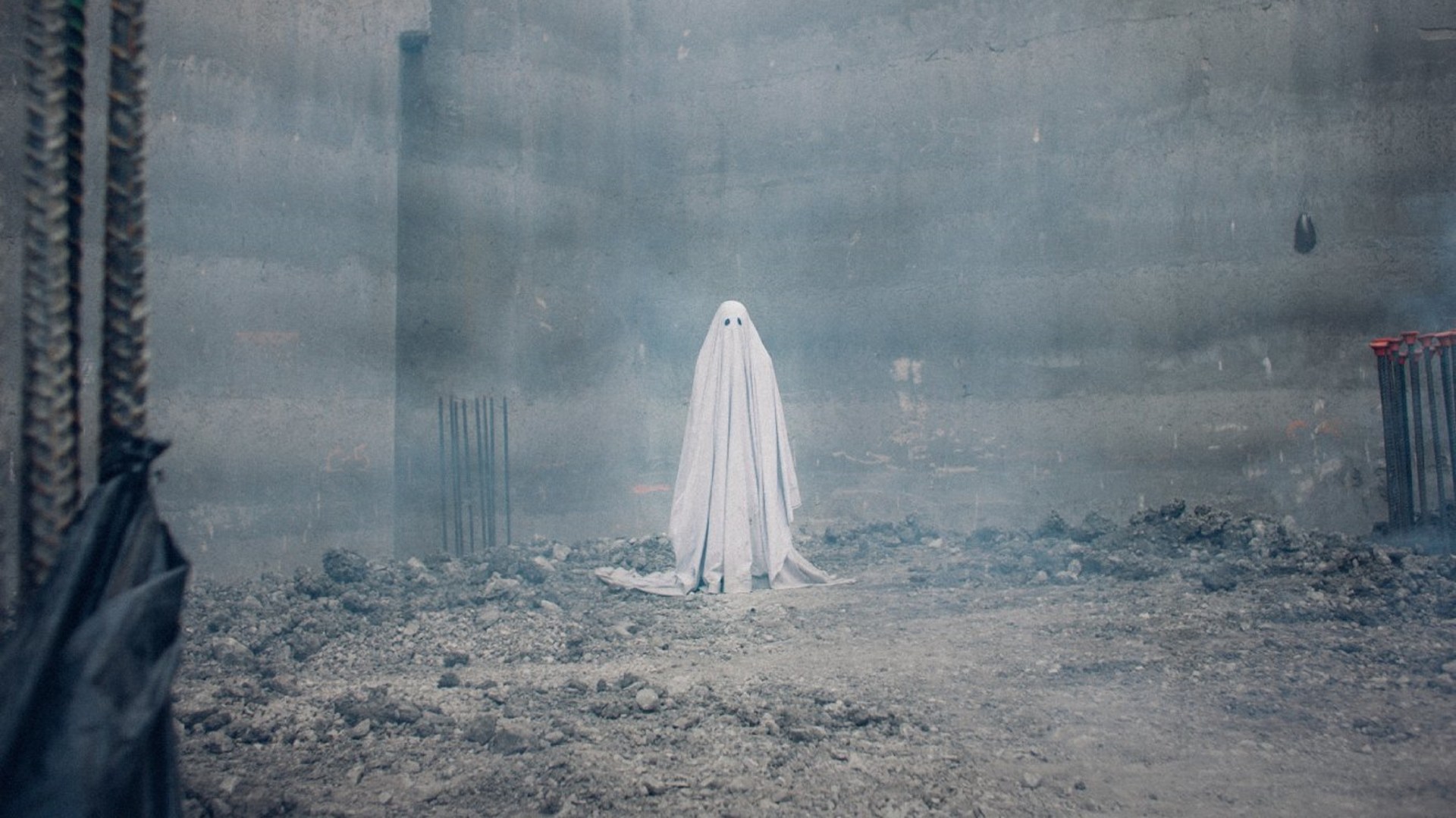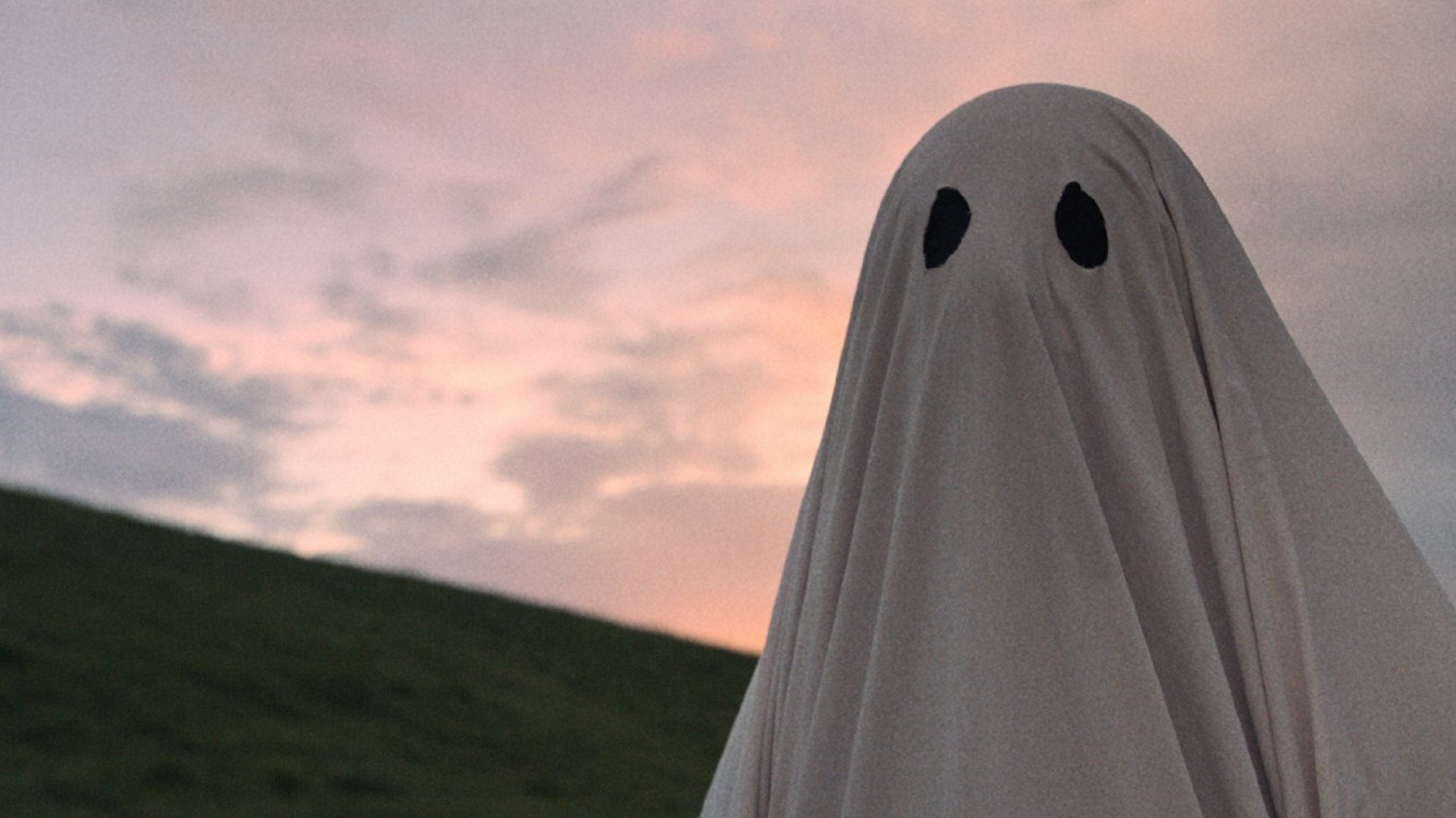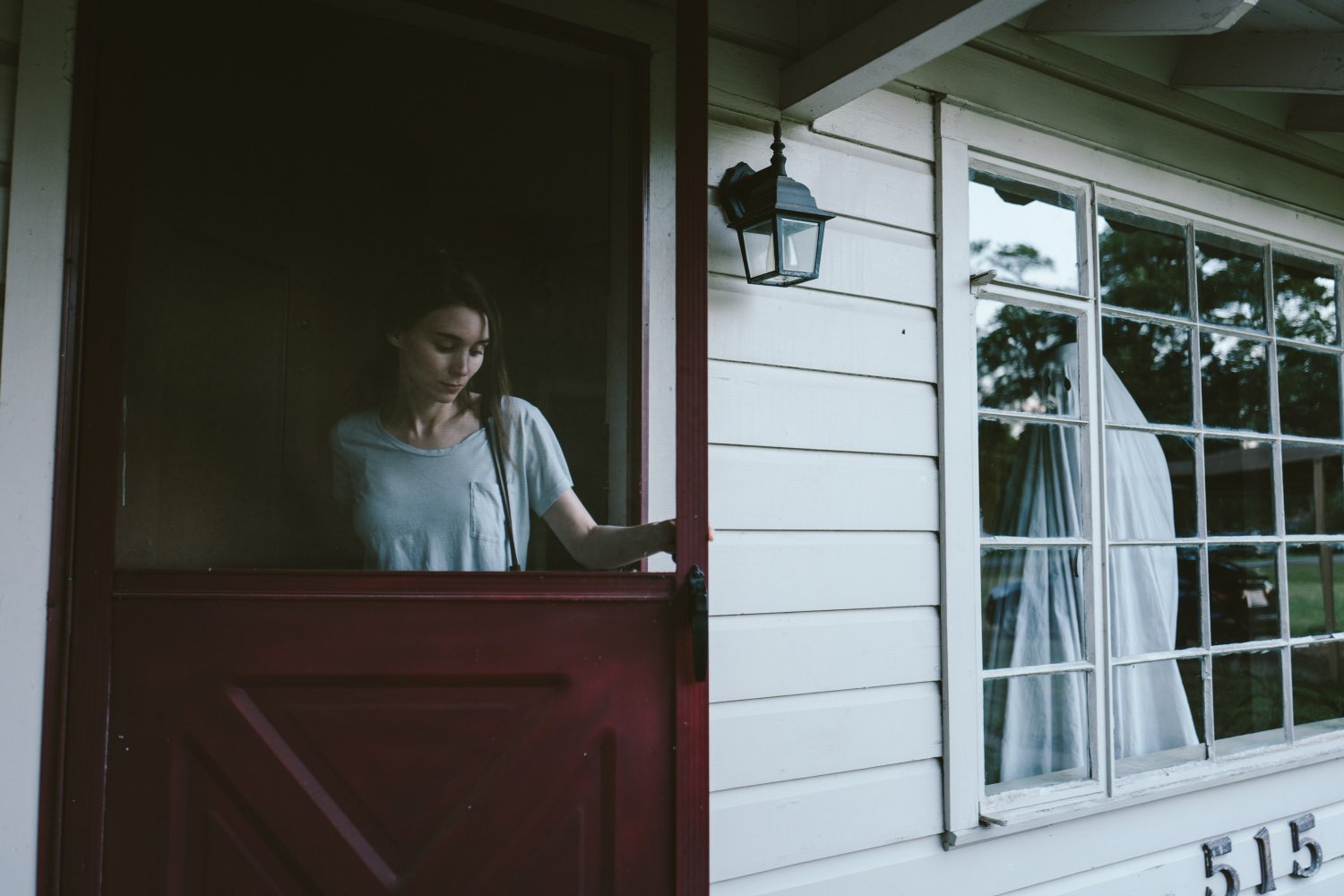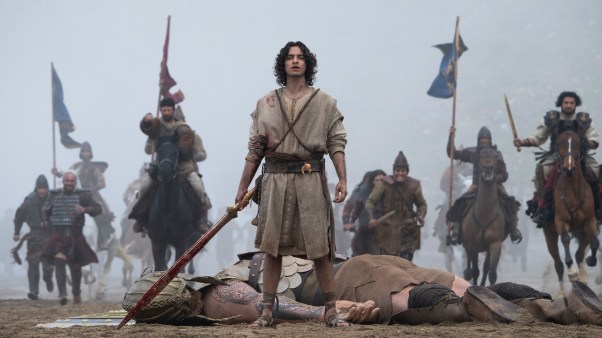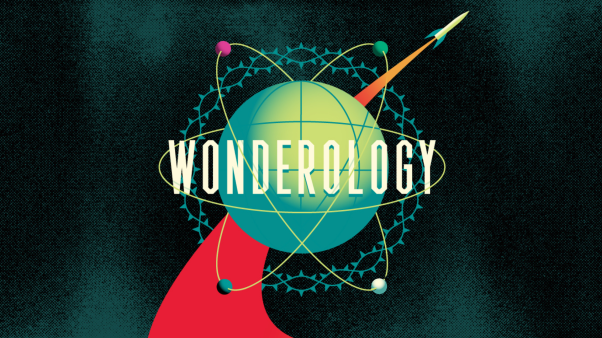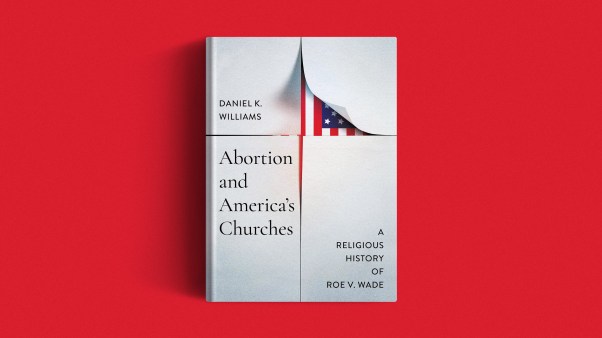Surfaces turn, find their places. In time, The rhythm could not be simpler.
—David Wright, "Altar Piece"
The desire to leave a record of ourselves is among the most reliable of human impulses. From cave paintings to monuments to grave markers, we want to make sure that people will remember us, that some part of ourselves will remain for future generations to observe. In the digital age, this impulse manifests itself in petabytes upon petabytes of internet text, photos, and videos, all secreted away within hard drives or invisibly navigating the Wi-Fi-saturated air. We document personal events for the benefit of presumed audiences—friends, descendants, even a future version of ourselves. Accumulate enough such recordings, and the shape of a life begins to reveal itself.
Of the many reasons to treasure David Lowery’s new film A Ghost Story, one of the biggest is the way it outlines the shape not just of one human life, but of human life in general. With its round-cornered, boxy aspect ratio—familiar to anyone who’s ever used a slide projector or watched a home video on Super 8 film—A Ghost Story offers us a cosmic home video of sorts. The lives of one married couple fold into the lives of the people who come after them, which then fold into the eternal, which in turn encompasses and contextualizes the lives of the husband and wife we started with.
This may sound like the concept for an abstruse philosophical epic, but the miracle of Lowery’s film lies in how it teases out these connections through the simple act of observation. Under the patient gaze of Lowery’s camera, the ordinary becomes extraordinary, and vice versa. The cosmic and the commonplace are woven into a single fabric, like the white sheet that shrouds the eponymous ghost.
This ghost belongs to a man (played by Casey Affleck and identified only as “C” in the end credits) who, early in the film, is killed in a car accident and separated from his wife, “M” (Rooney Mara). Returning to their house as a specter, C becomes an observer of everything that happens there. At first, he merely watches M carrying on with her life, but as a spirit with one foot in eternity, his grasp of the sequential progression of moments and days slackens. He is tethered to a place but not to time. People come and go. Structures rise and fall around him. The ghost maintains the steady rhythms of his vigil regardless.
Lowery is keenly attuned to the cinematic possibilities inherent in these rhythms. The Russian master Andrei Tarkovsky wrote in his memoir that filmmaking is the art of “sculpting in time,” that finding certain visual rhythms flowing through each shot can result in entirely new ways of experiencing the time’s passage. Tarkovsky favored lengthy shots rather than the quick cuts of montage to give shape to the temporal: “It is rhythm, and not editing, as people tend to think, that is the main formative element of cinema. … Rhythm in cinema is conveyed by the life of the object visibly recorded in the frame.”
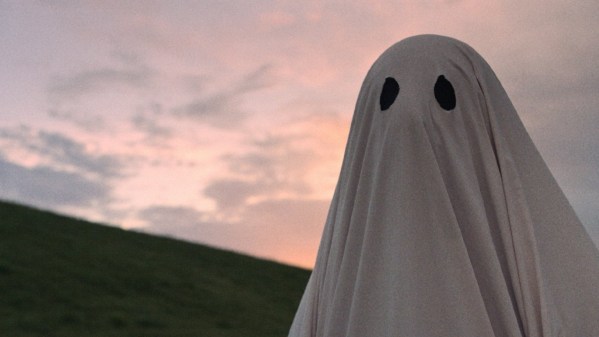 Courtesy A24
Courtesy A24Lowery seems to have taken this philosophy to heart in his film. Again and again, he lingers on activities and events long after another director might have cut away. In the film’s most buzzed-about scene, the camera holds steady on Mara as her sorrow-stricken character devours nearly an entire pie in one go. The shot lasts for minutes on end, and the effect is hypnotic. It asks us to dwell with M in her desolation, not permitting us to skate over the surface of these feelings or to skip ahead once we’ve “gotten the point.” We must bear witness to the full measure of her grief, feel its rhythms.
Indeed, “bearing witness” is the motif that animates the entire film. During the pie scene, C’s ghost is visible in the background of the shot, motionlessly watching. His presence—unobtrusive but constant—mirrors our own as the audience. Lowery’s camera acts like a second ghost throughout the film, gliding through the house and possessing its own personality. (A telling moment early on has the camera contemplating the starry blackness of space before the sound of a slamming door snaps its attention back down to earth level.) With its lengthy shots and its freewheeling portrayal of the passage of time, the film invites the question “Why am I seeing all this?”—and the answer that eventually suggests itself is what makes A Ghost Story the best film of 2017 thus far.
For such a succinct film, A Ghost Story depicts a kaleidoscope of human experience in its 90-minute running time. This is not just a story of bereavement or yearning. Mara’s character leaves the picture about halfway through, and the groups of people who pass through the house after her have their own stories. The ghost observes them all—and so do we:
We see a single mother and her two children build a cozy home together. Their scenes are entirely in Spanish without subtitles, but Lowery’s visual storytelling is so crisp and assured that it makes no difference. (It helps that the English dialogue, too, tends to take a back seat to the visuals elsewhere in the film.) The family’s love for one another and the difficulties the mother faces in holding everything together are palpable.
We see the ghost of another person in the house next door to C’s. She is haunting this home as she awaits somebody’s return. When asked whom she is waiting for, she can only reply, somewhat heartbreakingly, “I don’t remember.”
We see a tipsy, self-satisfied philosopher at a house party, holding forth about his ideas concerning the meaning of existence. It’s the only time in the film where a character is permitted to expound at length on Big Questions, but his monologue is glib and his conclusions hollow. It is only human to presume that there are exactly as many things in heaven and Earth as are dreamt of in our philosophy, though the ghost has no patience for such pontificating (he interrupts the pseudo-intellectual’s speech by causing a light bulb to flare and pop).
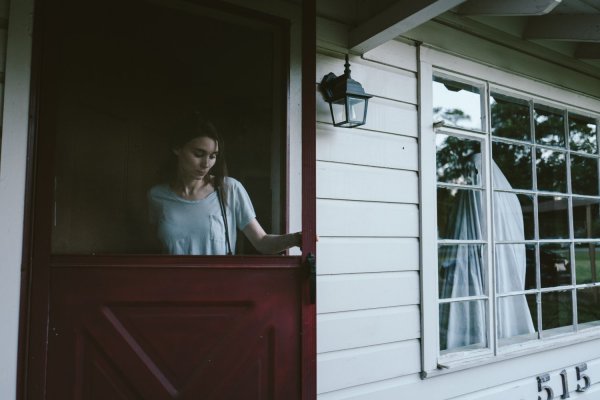 Courtesy A24
Courtesy A24These and other stories flit briefly across the screen, lingering for only a scene or two before passing on. They bring to mind Psalm 144: “[People] are like a breath; their days are like a fleeting shadow.” Far from seeming inconsequential, though, these vignettes have the cumulative effect of stoking the audience’s wonder at the phenomenon of humanity’s persistence down through the years. Individually, people are small and limited (“Lord, what are human beings that you care for them?” the psalmist asks). So why does Lowery’s little “home movie” feel so large and full?
Tarkovsky offers a clue. He writes, “[Time] becomes tangible when you sense something significant, truthful, going on beyond the events on the screen; when you realize, quite consciously, that what you see in the frame … is a pointer to something stretching out beyond the frame and to infinity; a pointer to life.” In other words, the simple act of paying close attention reveals complexities behind even the commonplace. Faithfully witnessing something can transform it and make it more than the thing itself.
In A Ghost Story, this revelation eventually leads the film to circle back to C’s life with M, movingly suggesting how eternity and the shadow of mortality can commingle with and haunt our everyday lives. But in getting there—in allowing us to feel the accumulated weight of years and human lives that the ghost witnesses—the film fosters in us a deep appreciation for the universe that makes such an odyssey possible. We feel what a privilege it would be to be afforded a glimpse of so many different facets of life and creation. Lowery’s work of fiction, sculpted out of time and projected on a movie screen, points us to the infinite.
For the Christian, of course, this means that the film points us to God. It seems fitting because God, too, is a witness—or perhaps it’s more proper to say he is the witness. If we believe that God sees everything that occurs on our planet and within our hearts, then a film that portrays both the vastness of time and the intimate specificity of individual lives would seem to offer a tiny glimpse of that God’s-eye perspective.
So to return to that the question from earlier—Why am I seeing all this?—the answer seems obvious: Who wouldn’t want to take on that perspective for just a couple of hours, to patiently observe and, in so doing, draw out hidden mysteries and beauty? A Ghost Story gives us the gift of adopting that gaze, if only temporarily. A fine gift it is.
Kevin McLenithan is a writer for Christ and Pop Culture who has also contributed to ThinkChristian and to the Chicago International Film Festival, and he currently co-hosts the film and television podcast Seeing and Believing. He works as a writer and editor in the Chicago area.

